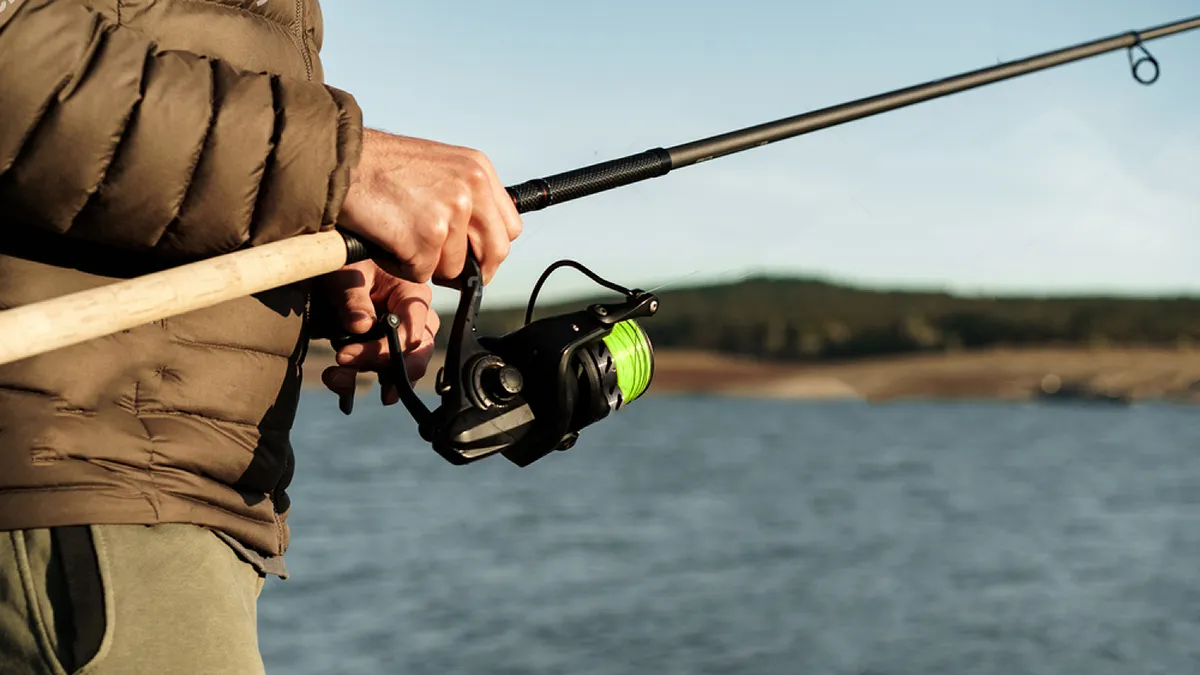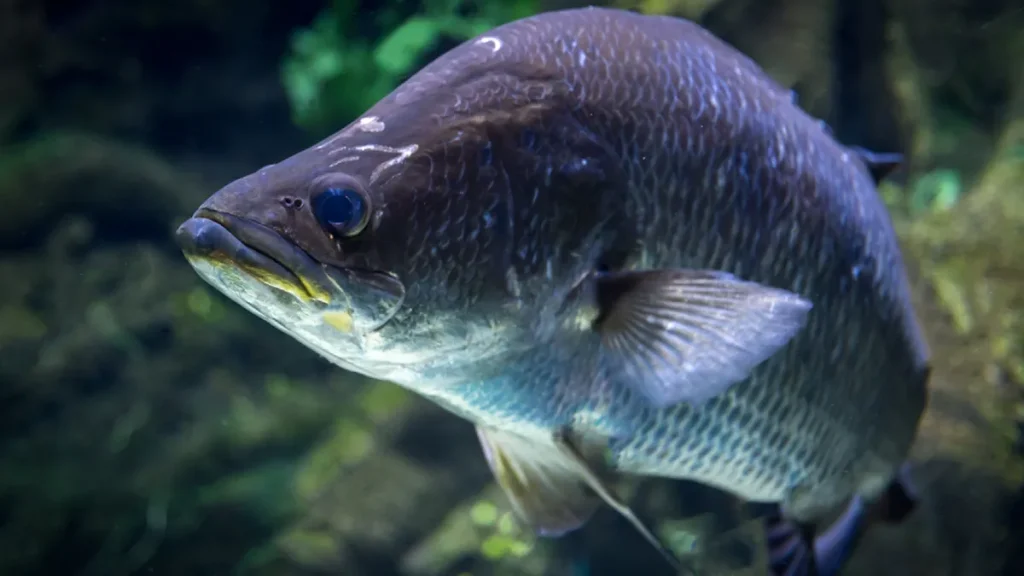
Hey there, fellow angler! Ever found yourself wondering, “What fishing line to use?” You’re not alone! The line you choose is as crucial as the bait when it comes to fishing. It’s like picking the right tool for a job. In fishing, especially when comparing saltwater to freshwater, the game changes a lot. Saltwater calls for tougher, more resilient lines due to bigger, stronger fish and the corrosive nature of salt.
Freshwater, on the other hand, often allows for lighter, more flexible lines. We’re about to dive deep into these differences and more. And hey, if you’re keen to get your hands on some top-notch braided or fluorocarbon lines, check out ReelBoss. We’ve got an amazing selection that won’t disappoint. Stick around, as we unravel the mysteries of choosing the perfect line for your next fishing adventure.
Understanding the Basics of Fishing Lines
Alright, let’s get into the nitty-gritty of fishing lines. When you’re standing in front of a wall of fishing lines at the store, it can be a bit overwhelming, right? There are mainly three types you’ll see: monofilament, braided, and fluorocarbon. Each has its unique features and uses. Let’s break them down.
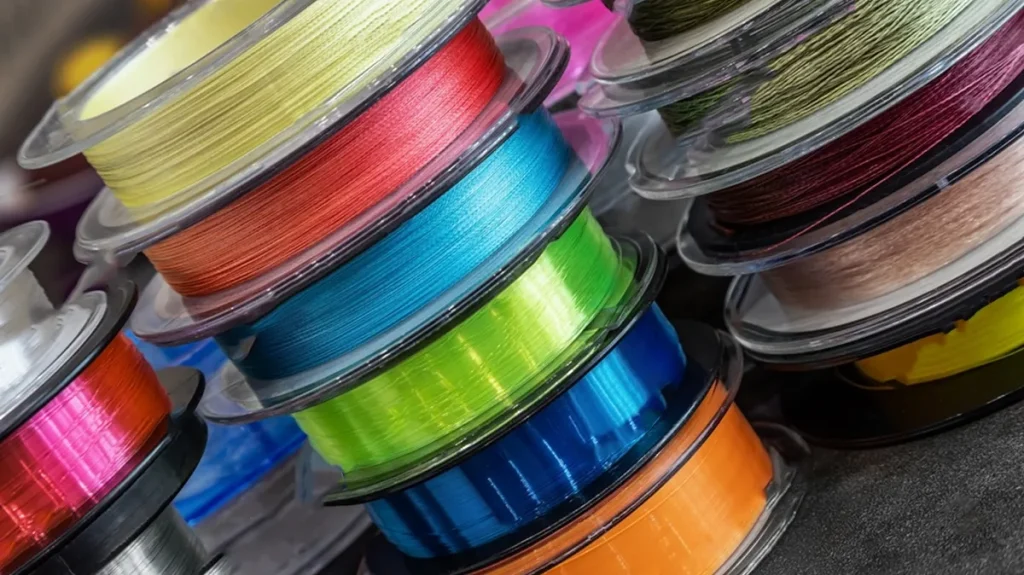
Monofilament Fishing Line
Monofilament, or ‘mono’ for short, is like the good old reliable friend in your fishing gear. It’s versatile, easy to handle, and has a bit of stretch to it, which can be forgiving when you’re reeling in a fighter. Its visibility underwater varies with the color you choose, and it’s generally more affordable.
Braided Fishing Line
Now, let’s talk about the braided fishing line. This stuff is strong! With almost no stretch, it gives you a great feel of what’s happening on the other end of your line. Its thin diameter allows for longer casting and it stands up well in rough conditions. Plus, it’s perfect for pulling big fish out of heavy cover. But remember, its visibility can be a bit higher, so it’s not always the go-to in clear waters.
Fluorocarbon Fishing Line
Lastly, fluorocarbon. This line is a bit of a ninja. It’s almost invisible underwater, making it a fantastic choice for spooky fish in clear water. It’s also pretty resistant to abrasions, which comes in handy around rocks and logs. The downside? It’s a bit stiffer and harder to handle than mono.
So why do these properties matter? Imagine fishing in a rocky river. You’d want a line that can handle bumps and scrapes, right? Or in a crystal-clear lake, you wouldn’t want the fish to see your line. That’s where choosing the right line comes into play.
Next up, we’re going to dive into the best fishing line to use in freshwater. Each environment demands a different approach, and getting it right can mean the difference between a great day out and come home empty-handed. Stay tuned!
What Fishing Line to Use in Freshwater
So, you’re gearing up for a freshwater fishing adventure, right? In Australia, we’re spoilt for choice when it comes to freshwater fishing spots. Whether it’s chasing Murray cod in the mighty Murray River or targeting trout in the serene streams of Tasmania, each spot has its unique challenges and thrills. Let’s chat about what fishing line to use in these freshwater scenarios.
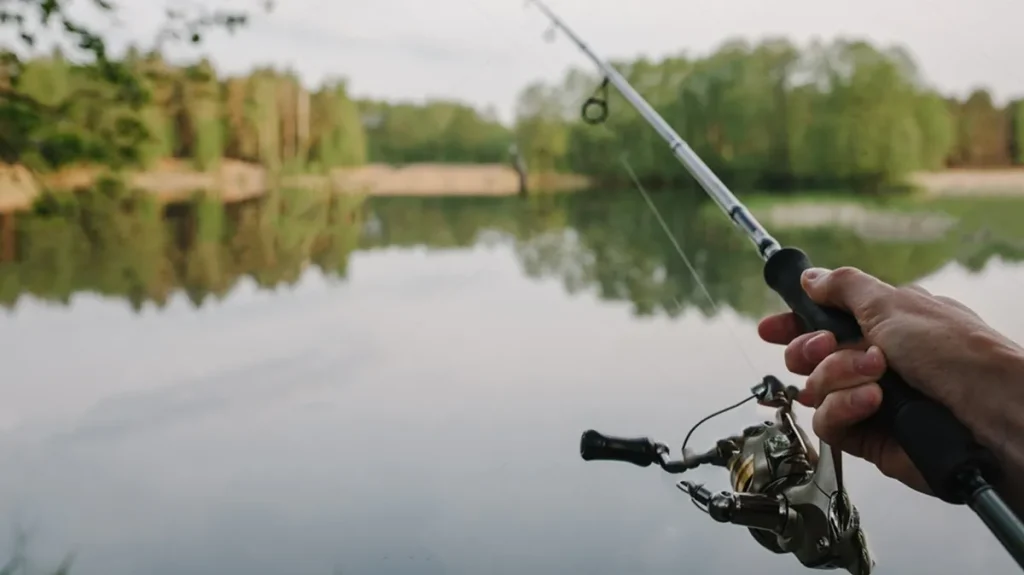
The Right Line for the Right Fish
In freshwater, the type of fish you’re targeting is a big decider in choosing your line. For example, if you’re after bream or bass in creeks or rivers, a lighter, more sensitive line like fluorocarbon is your best bet. It’s stealthy, remember? But, if you’re going after the big boys like Murray cod or barramundi, you’ll need something stronger. Here, a braided line shines with its high strength and durability.
Line Weight and Length Matters
The weight and length of your line are key. Lighter lines (around 2-6 pounds) are great for small fish like trout, offering more sensitivity and a natural presentation. For bigger fish, like cod, you might need to up the ante to 10-20 pounds or more. The length of your line is also crucial. A longer line can be great for casting further, but it can also mean less control and sensitivity. So, balance is key.
Adapting to Different Freshwater Environments
Different freshwater environments call for different approaches. In clear, calm waters, you’ll want a line that’s less visible, like fluorocarbon. In murky waters or areas with lots of snags and vegetation, a tougher, abrasion-resistant line like braided can save the day.
Choosing the Right Line for Saltwater Fishing
Hey mate, ready to tackle the big blue? Saltwater fishing is a whole different ball game. It’s not just about the fish being bigger and badder; there’s also the harsh ocean environment to consider. The salt can be tough on gear, and the fish – they don’t give up easily!
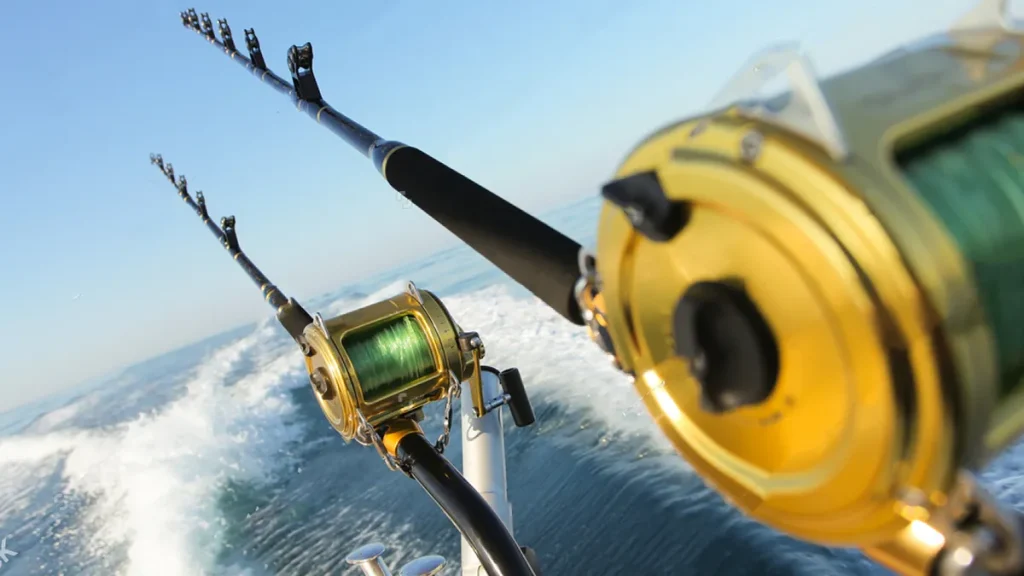
Tackling the Saltwater Challenge
First up, let’s talk about the challenges of saltwater fishing. You’ve got the corrosive nature of saltwater for starters. It can wear down your gear faster than you can say ‘snapper’. Then, there are the fish themselves. Species like tuna and marlin are not only massive but also incredibly powerful. So, you need a line that’s up to the task.
The Best Line for the Briny Deep
When it comes to saltwater, braided lines are often the go-to. Why? They’re incredibly strong for their diameter, meaning you can spool more line and still handle those big ocean dwellers. Plus, they have minimal stretch, giving you better sensitivity and control. But don’t discount fluorocarbon as a leader material – its near invisibility and abrasion resistance can be a game-changer, especially when you’re targeting shy species.
Strength and Durability are Key
In saltwater, the strength and abrasion resistance of your line are crucial. You’ll want something that can withstand the rough environment and the sheer power of saltwater species. A line with high tensile strength and good knot strength is vital. Also, look for lines that boast good abrasion resistance. Remember, ocean fish often hang around structures like reefs and wrecks, which can be tough on your line.
Factors Affecting Your Choice
In Australian fishing, the right line depends on water clarity, weather, and technique. Clear waters call for invisible fluorocarbon, while murky waters are great for durable braided lines. Windy conditions need heavier lines, calm days suit lighter ones. Your fishing method also guides your choice—different techniques need different lines. A fishing line spooler can be a handy tool, making setup easier and keeping your line in top shape. Remember, the right line can make all the difference in your fishing success.
Pro Tips and Tricks
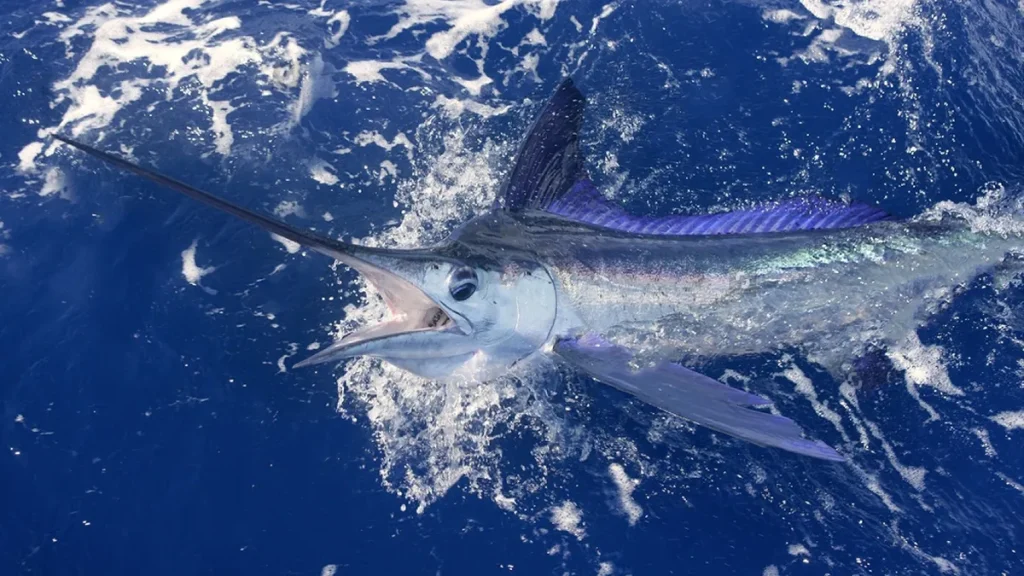
Got your line sorted? Great! Now, let’s boost your fishing savvy with some pro tips. Ever heard the saying, “A fisherman is only as good as his knot”? It’s true. Knowing a few reliable fishing line knots can up your game. Whether you’re using a simple Improved Clinch Knot for your lightweight lure or a sturdy Palomar Knot for that big catch, the right knot makes all the difference.
But there’s more to it. Always check your line for nicks or frays, especially after a big catch. This little habit can save your line from snapping at the worst moment. And when you’re casting, be mindful of your surroundings. A good cast isn’t just about distance; it’s about accuracy and safety. Lastly, remember to match your line with your rod and reel for the best performance. With these tricks up your sleeve, you’re all set to make the most of your fishing adventures. Keep these tips in mind, and you’ll be pulling in the big ones in no time!
Maintenance and Care for Your Fishing Line
Keeping your fishing line in top shape is crucial for a great fishing experience. Always rinse it with fresh water after use, especially after saltwater trips, as salt can damage the line over time. When storing, avoid places with direct sunlight or high heat, as these conditions can weaken the line. A cool, dry spot is ideal, and a fishing line spooler is handy for keeping it tangle-free and well-maintained.
Regularly check your line for signs of wear and tear, such as fraying or weak spots. If you spot any damage, it might be time for a replacement. This simple step of regular maintenance can greatly extend the life of your line, ensuring you’re always ready for that big catch. Remember, a well-cared-for line means more successful fishing adventures!
Conclusion
In wrapping up, the key to successful fishing, whether in the dynamic saltwater or the tranquil freshwater environments of Australia, hinges on choosing the right fishing line. Remember, for the rugged challenges of saltwater, go for strength and durability with a braided line, while in freshwater, adaptability with fluorocarbon or monofilament can bring you success.
Don’t forget the importance of knots, regular maintenance, and the right storage to keep your line in top shape. But most importantly, fishing is a personal journey. Experiment with different lines and techniques to discover what works best for you. Every trip to the water is a chance to learn something new, so grab your gear, head out, and enjoy the adventure that awaits. Happy fishing!
